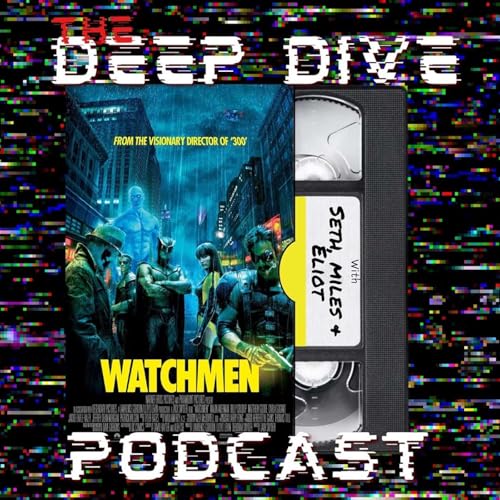Stanley Kubrick’s Paths of Glory (1957) is one of the most powerful anti-war films ever made. It doesn’t show war as heroic or noble—it shows it for what it really is: cruel, unfair, and driven by prideful men far from the front lines.
The story takes place during World War I and follows Colonel Dax, played by Kirk Douglas. He’s ordered to lead his soldiers in a hopeless attack on a German stronghold called the “Anthill.” The mission is doomed from the start, and when it fails—as Dax knew it would—the generals refuse to take the blame. Instead, they pick three random soldiers and accuse them of cowardice, sentencing them to death to “set an example.”
Dax, who used to be a lawyer, tries to defend them in a rigged trial that’s more about saving the generals’ reputations than finding the truth. What follows is heartbreaking—a look at how those in power sacrifice others to protect their image.
Kubrick contrasts the chaos of the trenches with the cold calm of the courtroom. The soldiers fight and die in mud and terror, while the generals sit in clean rooms, talking about “honor” and “duty.” The message is clear: the real cowardice comes from those who hide behind power and send others to die.
Colonel Dax becomes the moral voice of the film—a man who still believes in justice, even when the world around him doesn’t. And the ending, quiet and emotional, reminds us that even in the darkest moments, humanity can still shine through.
Paths of Glory isn’t just a war movie. It’s a statement about leadership, integrity, and the price of blind obedience. Decades later, its message still hits hard: there’s no glory in war—only in standing up for what’s right, even when you stand alone.
So join us by sitting back, relaxing, grabbing a warm plate of roasted duck, for today we’re deep diving into this 1957 Stanley Kubrick forgotten classic, Paths of Glory.
Send us a text
You can reach out to us via Social Media:
Click Here
 Nov 17 20251 hr and 18 mins
Nov 17 20251 hr and 18 mins Nov 3 20251 hr and 23 mins
Nov 3 20251 hr and 23 mins Oct 19 20251 hr and 17 mins
Oct 19 20251 hr and 17 mins Oct 17 20251 hr and 16 mins
Oct 17 20251 hr and 16 mins Oct 2 20251 hr and 16 mins
Oct 2 20251 hr and 16 mins Sep 23 20251 hr and 14 mins
Sep 23 20251 hr and 14 mins Sep 15 202554 mins
Sep 15 202554 mins Sep 8 20251 hr and 1 min
Sep 8 20251 hr and 1 min

